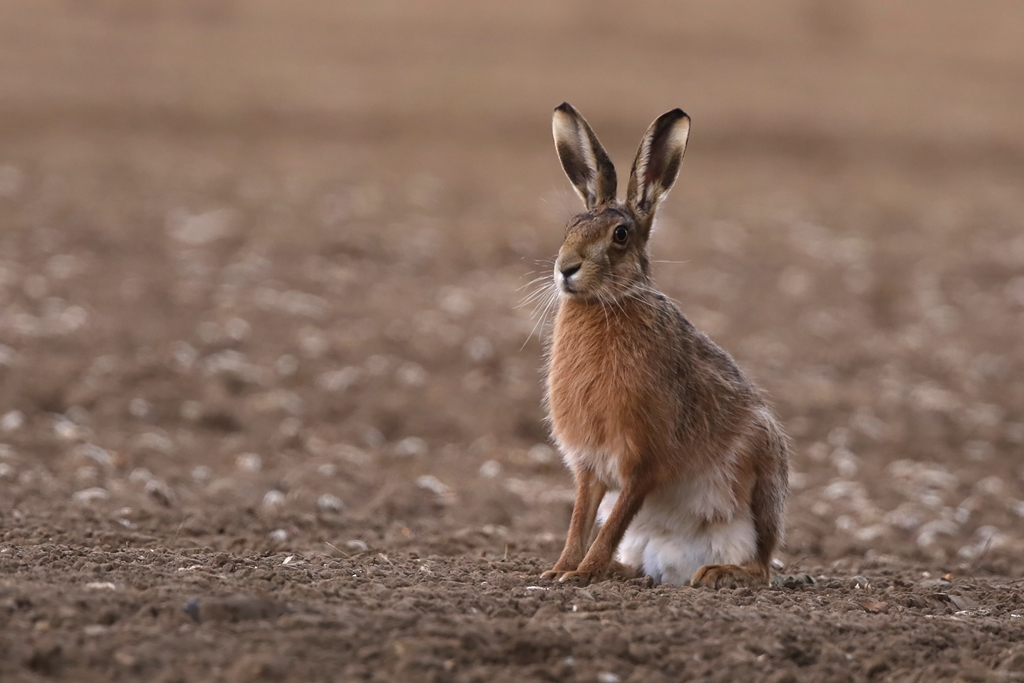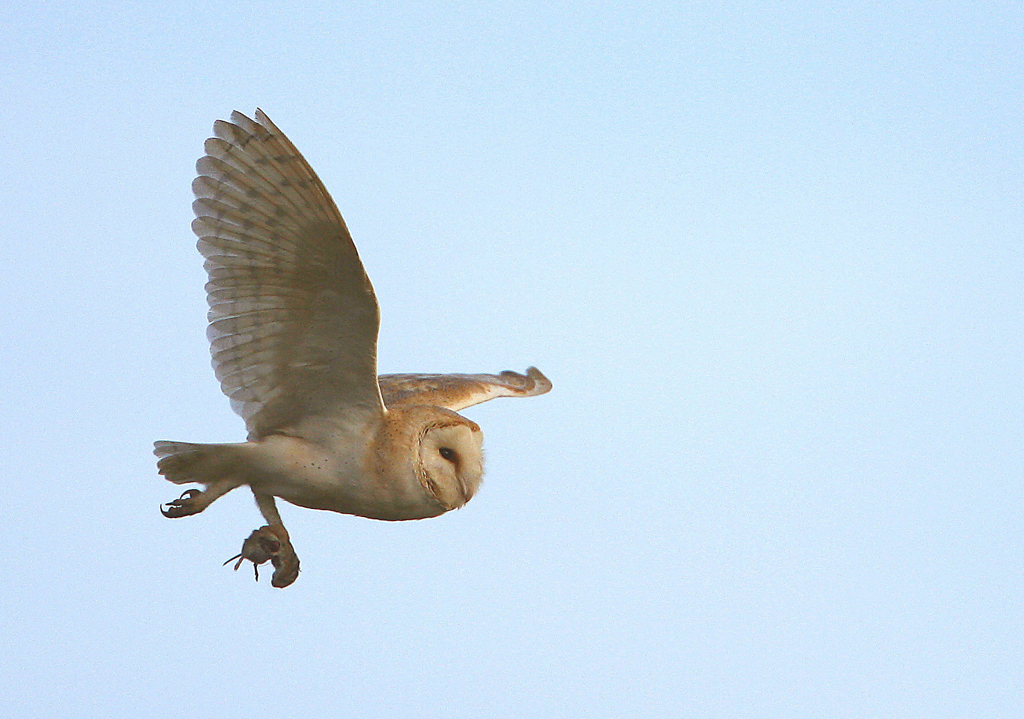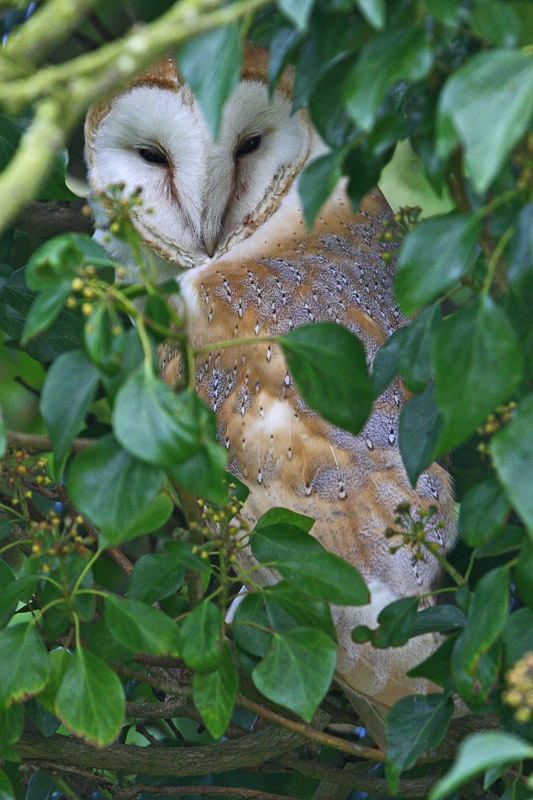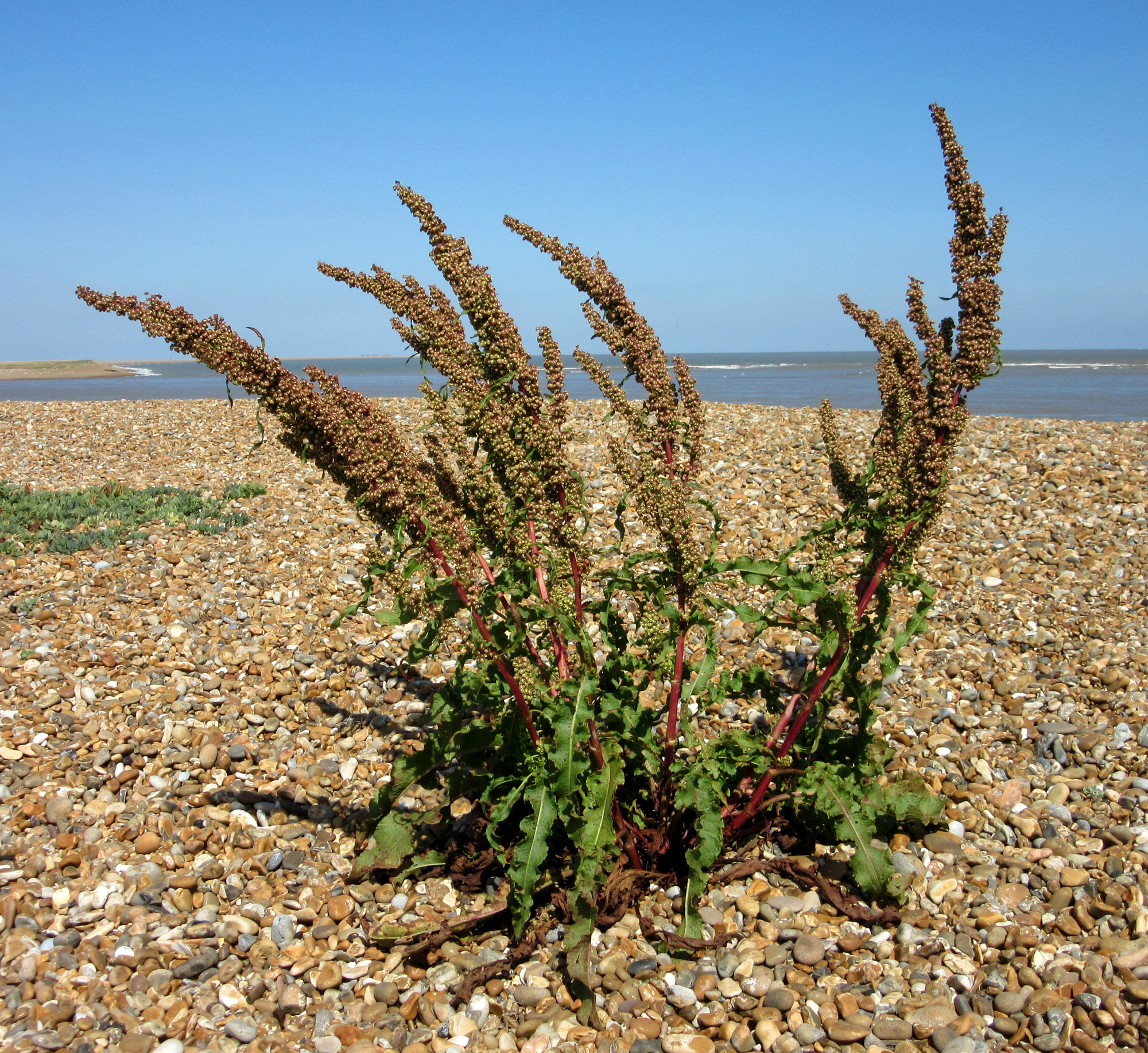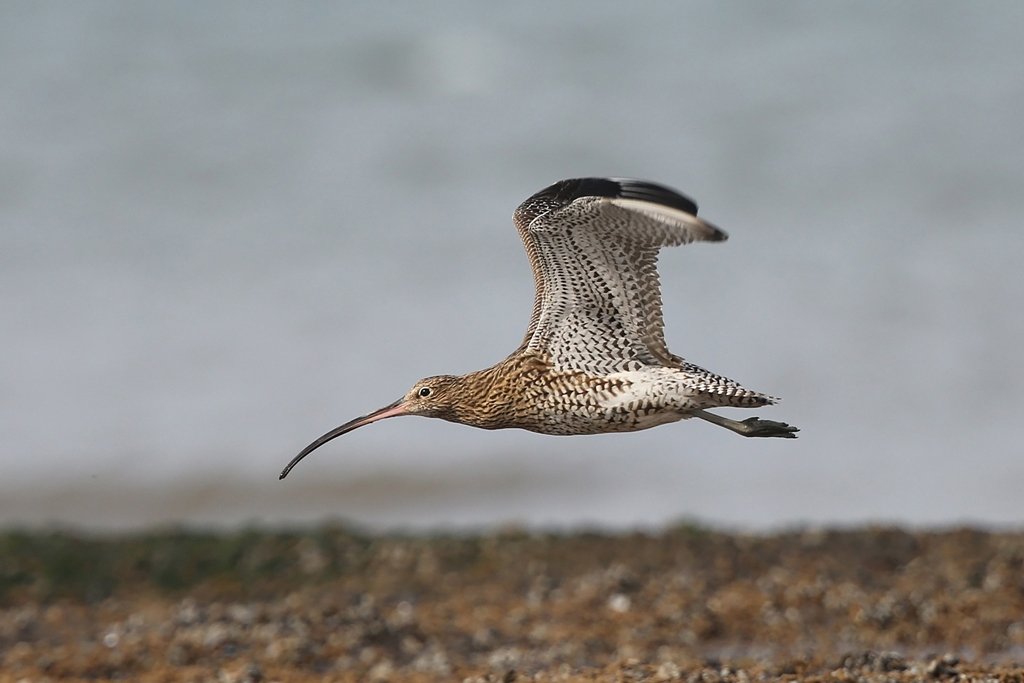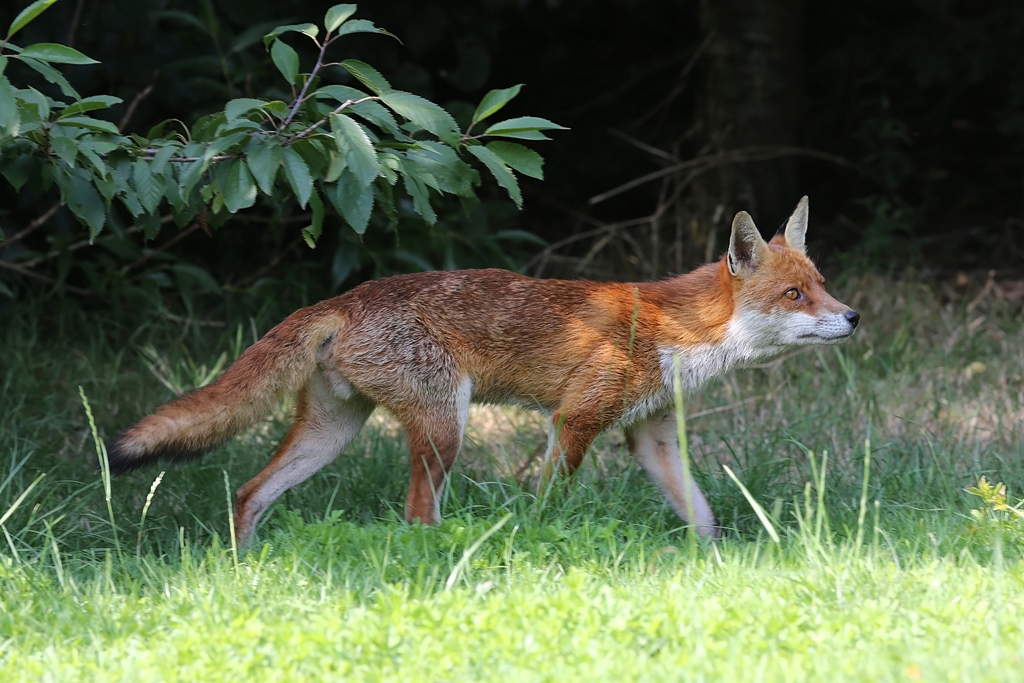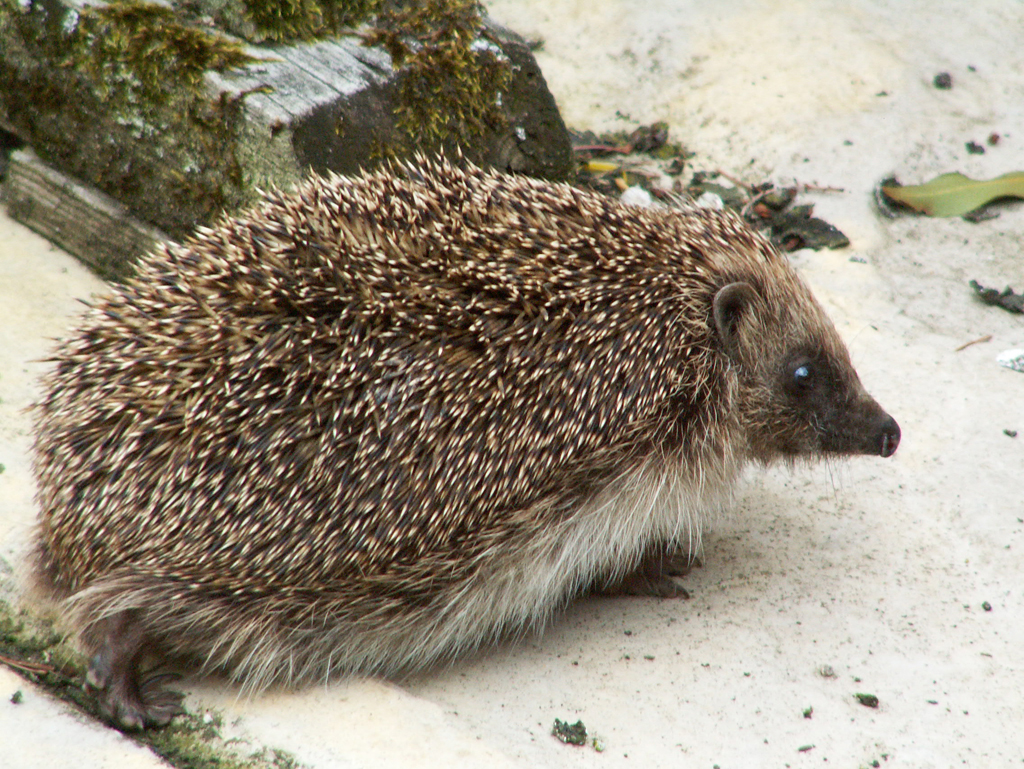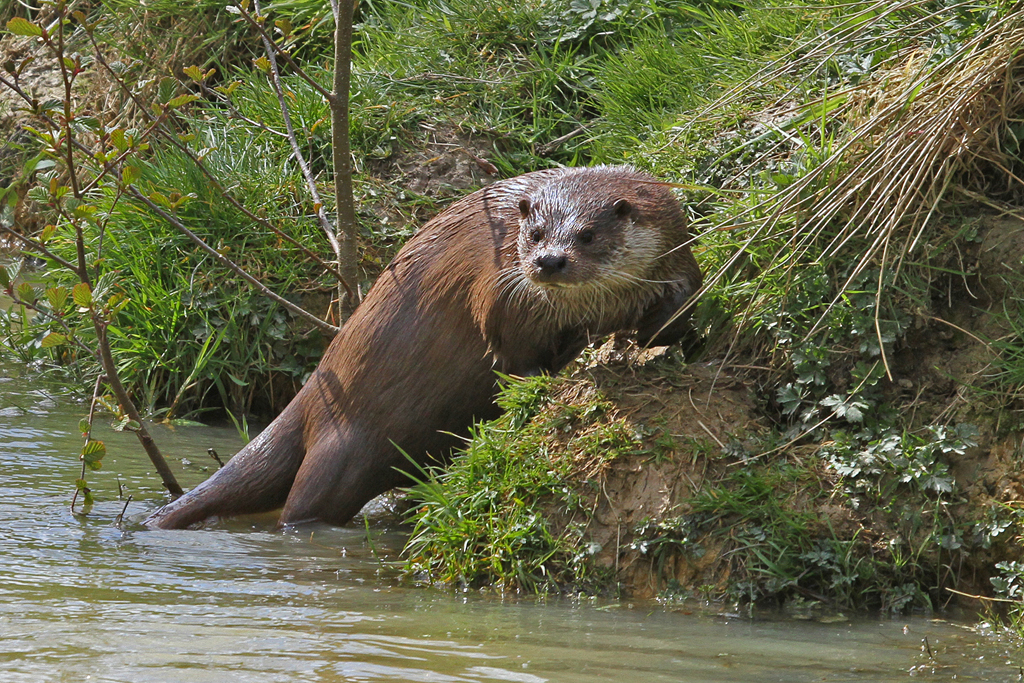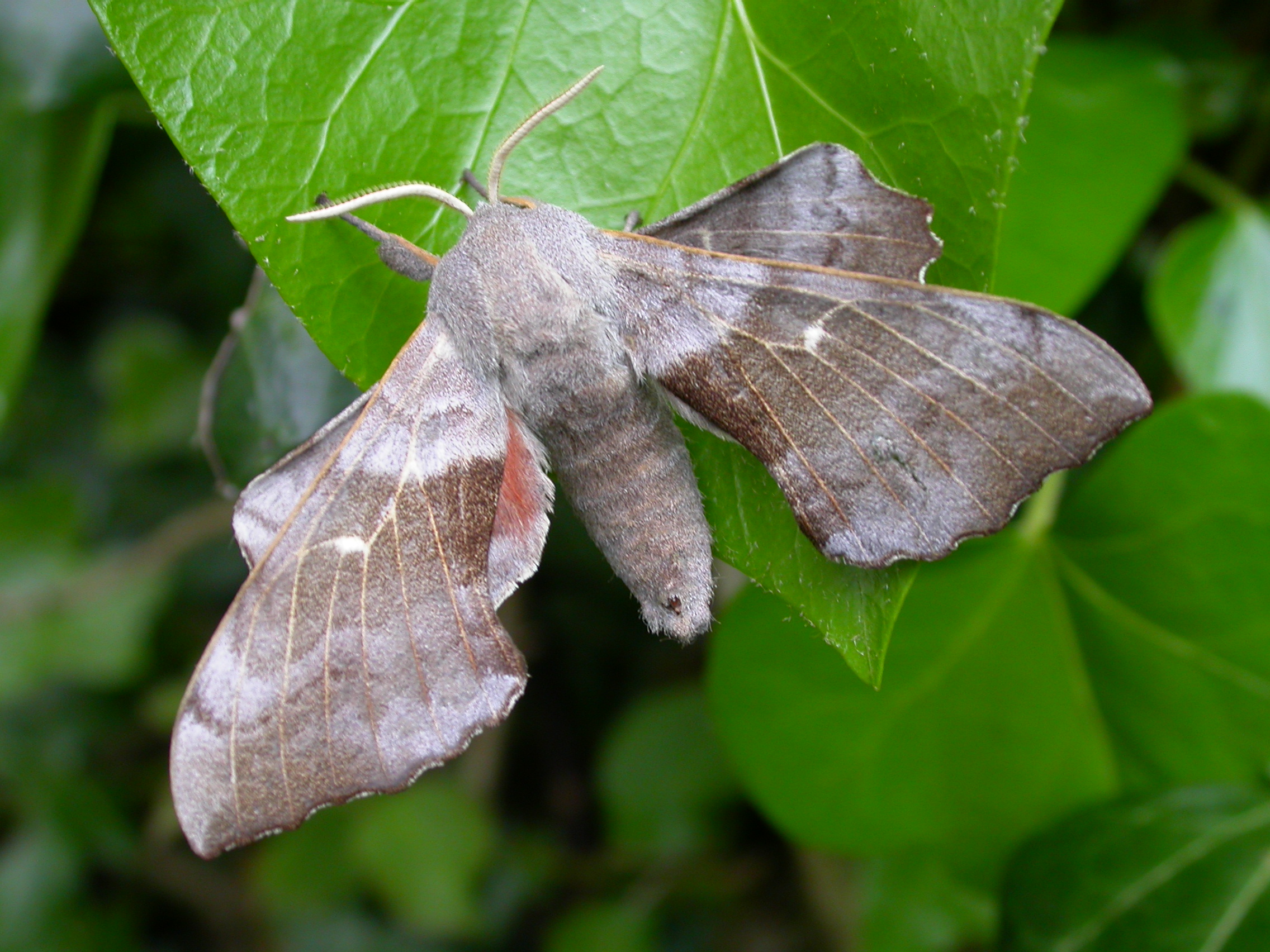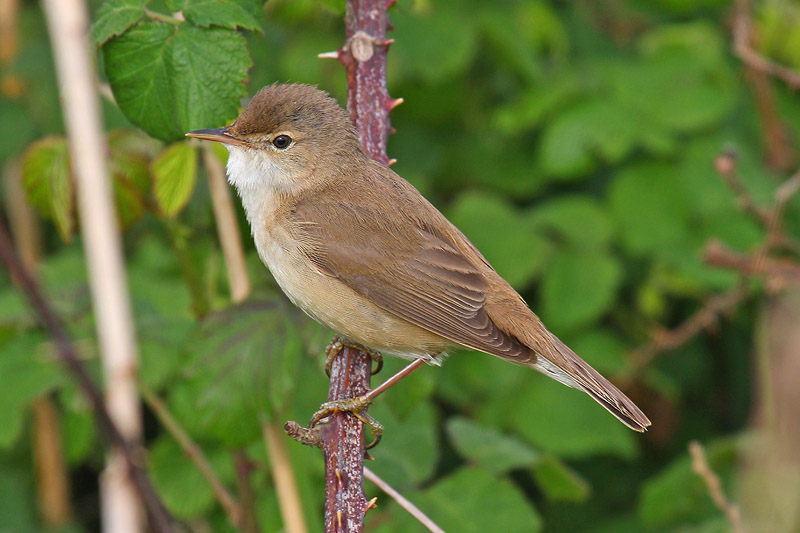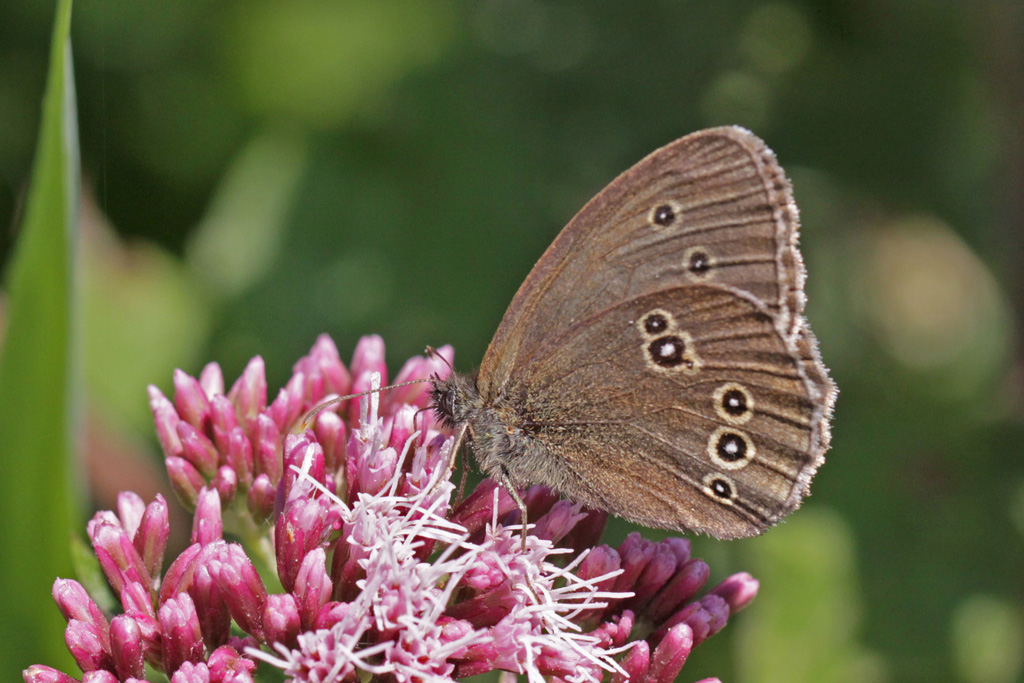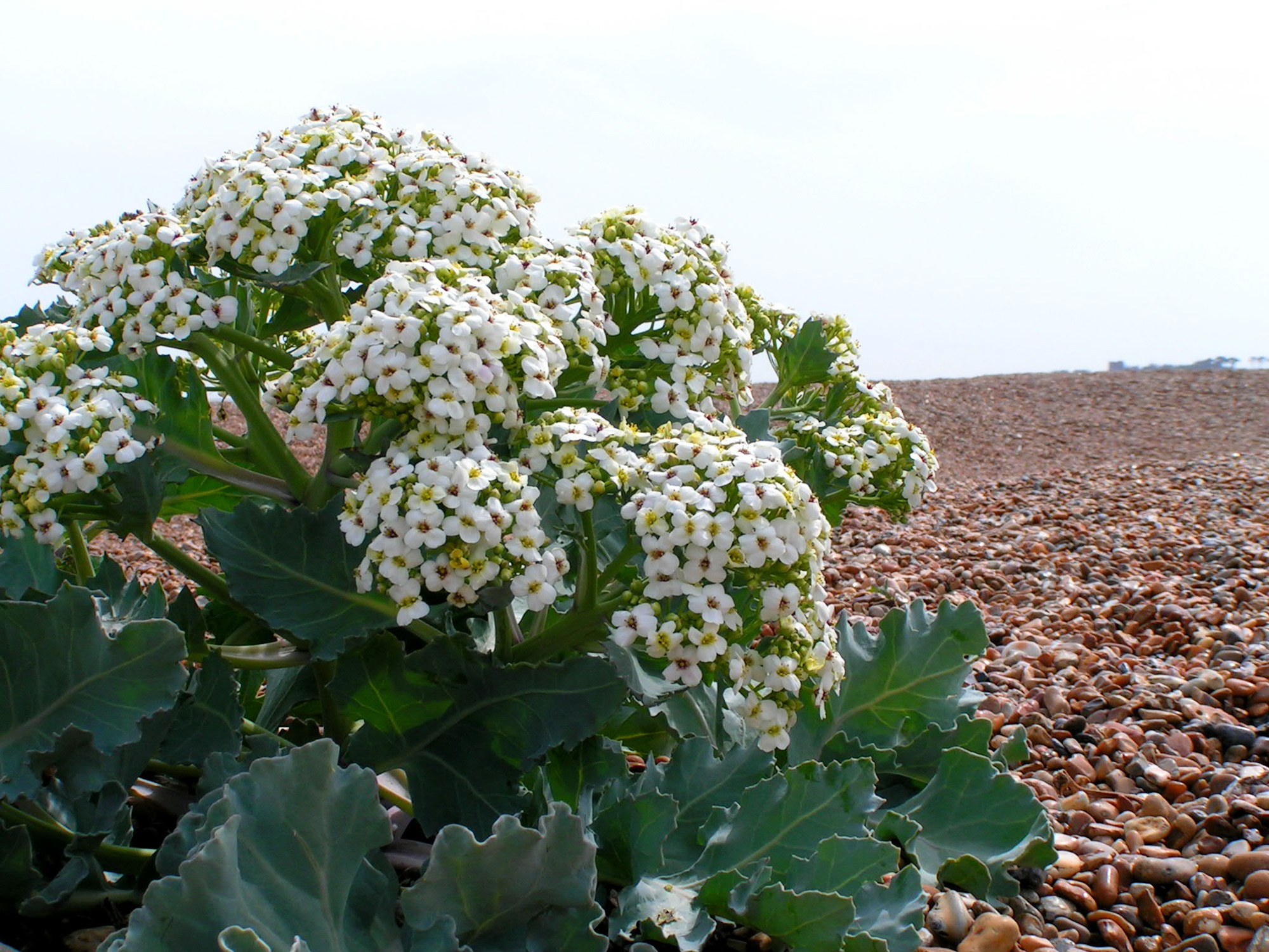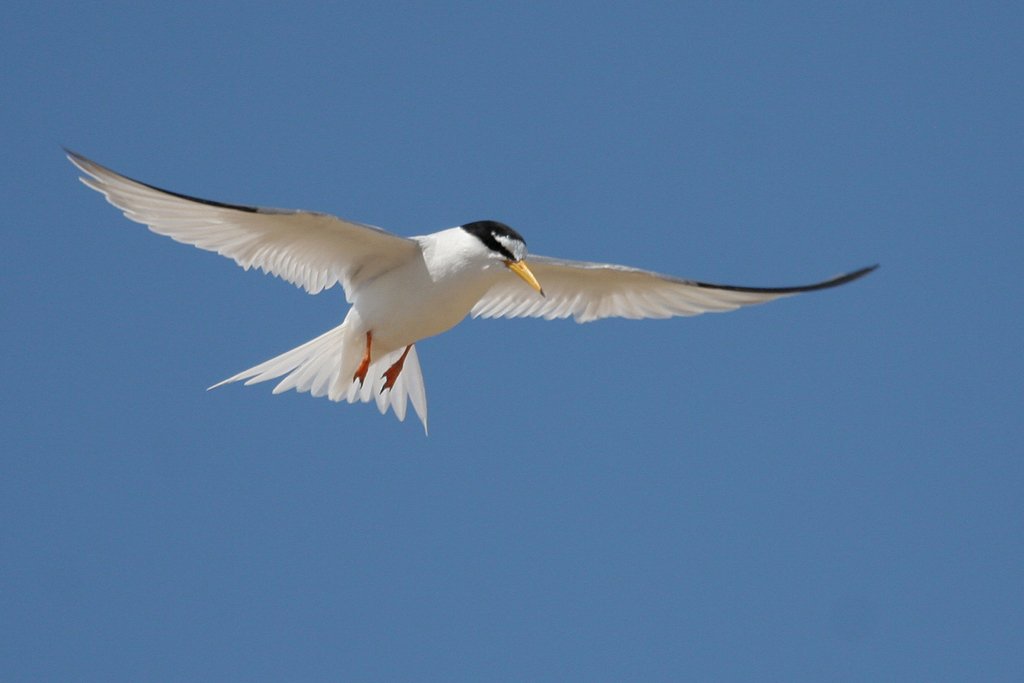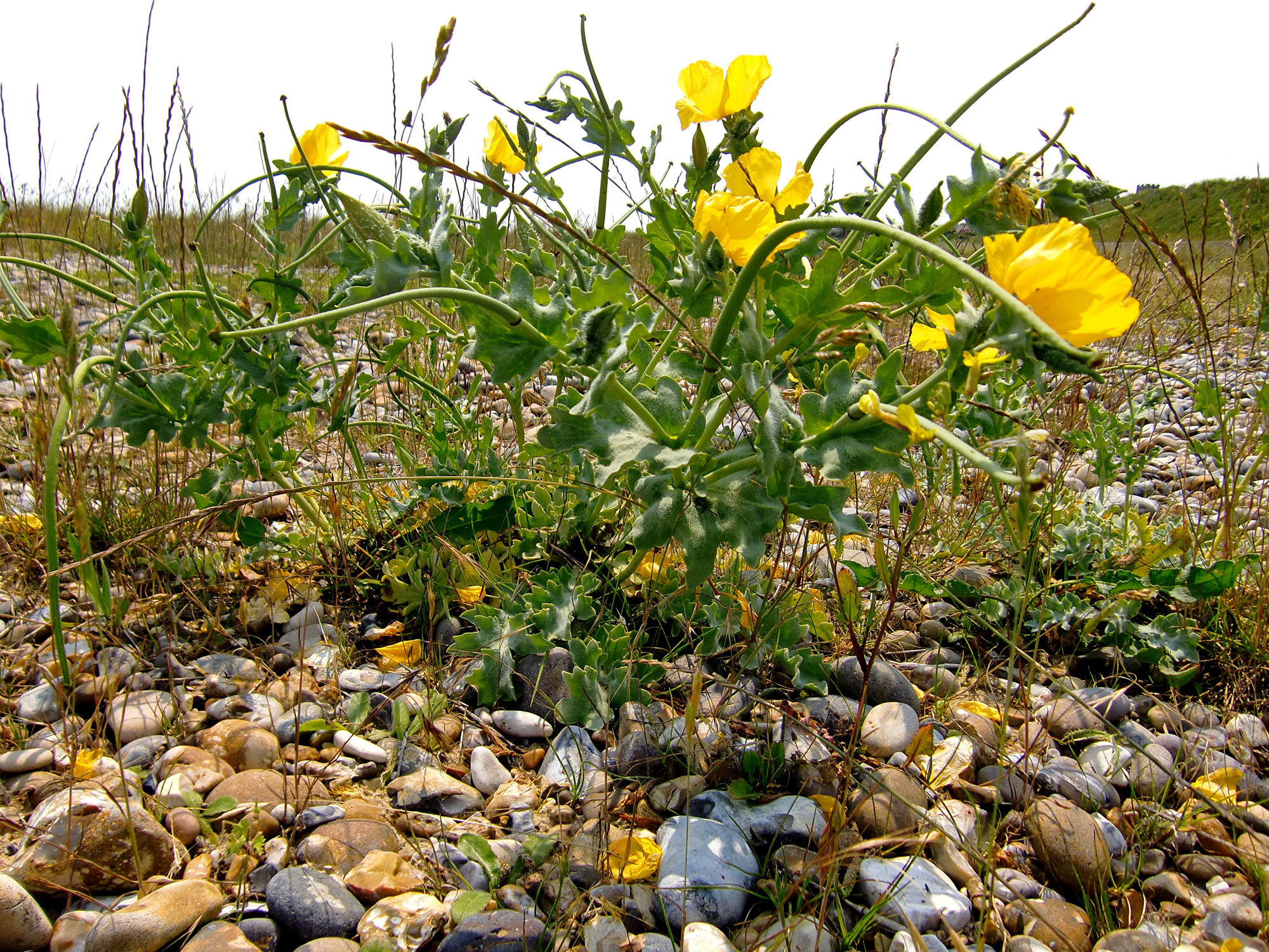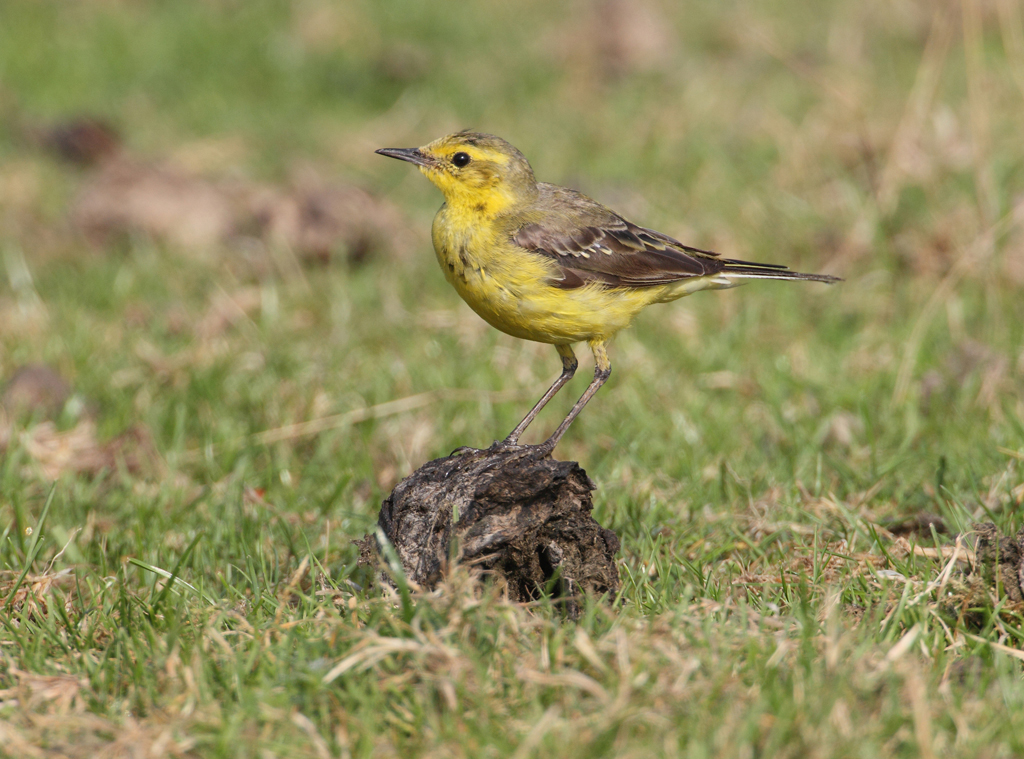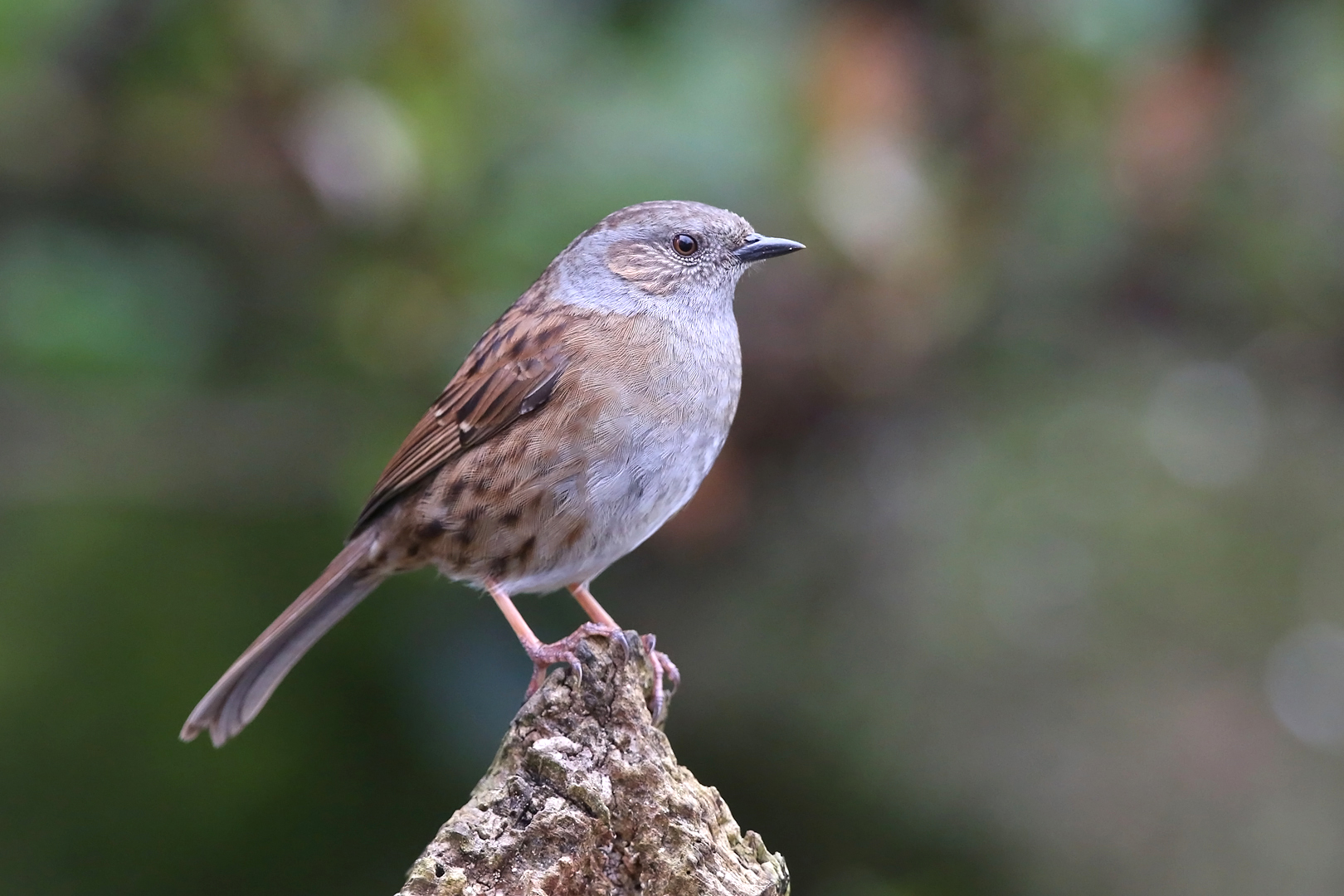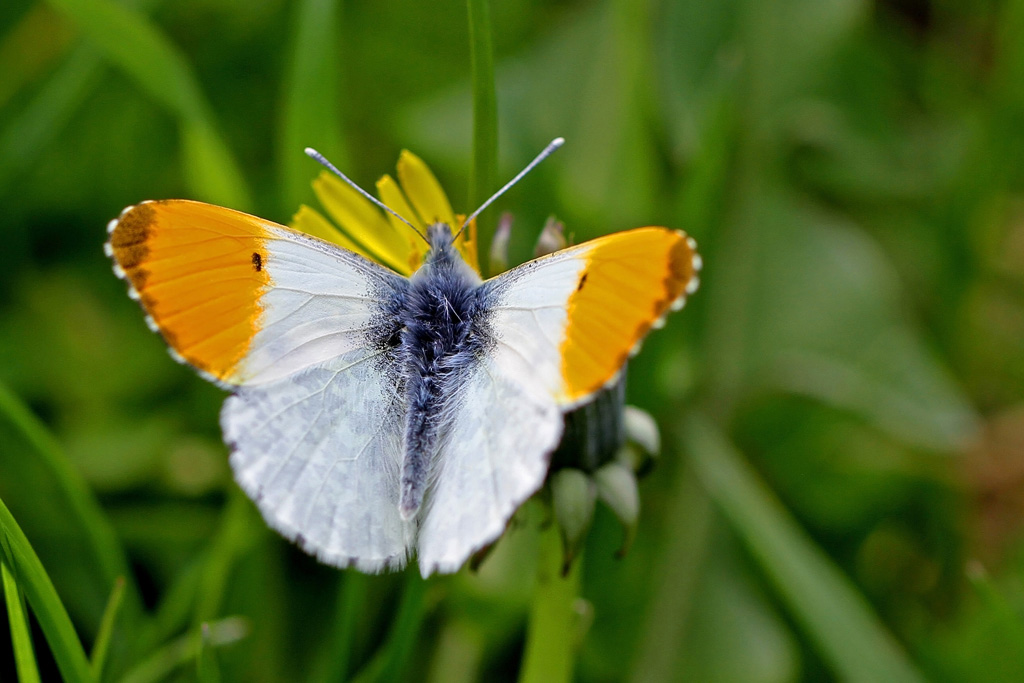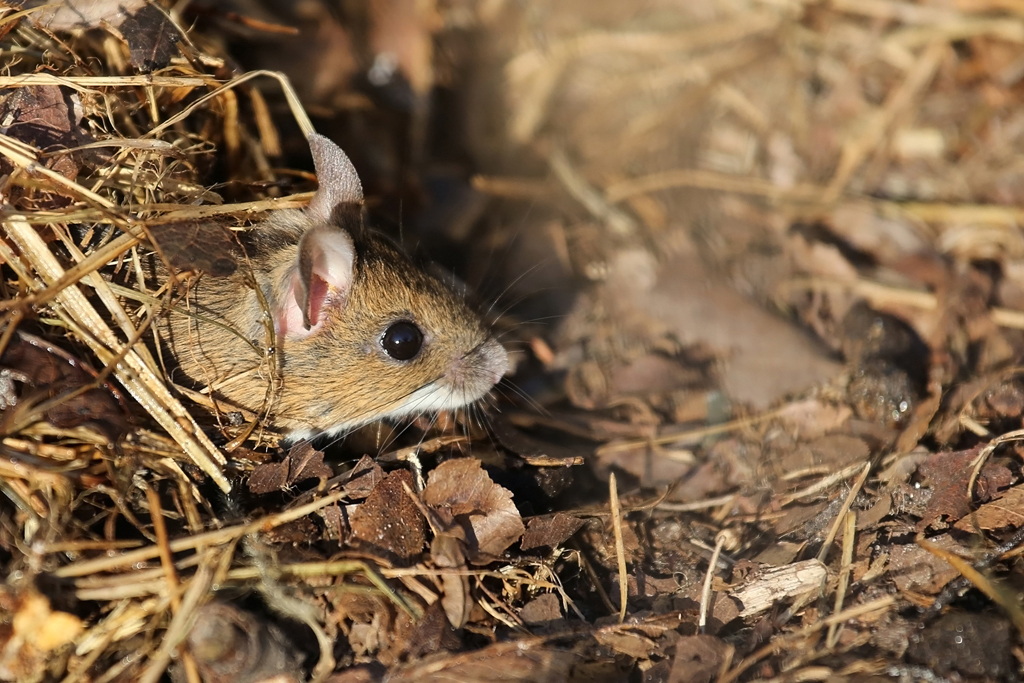Village Voices Nature Note: The Grail Moth
02 Nov 2020
Anyone with an interest in nature will be able to think of some charismatic species they have always wanted to see in the wild. Maybe it’s one you’ve only seen on television, or read about in a book or a travel brochure. It might be a glimpse of a pike lurking in thick vegetation in a stream, a golden eagle soaring over a Scottish mountain, a rare lady orchid blushing unseen in some secret woodland glade, or a gorgeous swallow-tail butterfly floating over a Norfolk reedbed. And when you finally see one of these ‘grail species’ you get a sudden adrenaline rush of excited recognition. Wow! Or even WOW!
I had one of these WOW moments last month with a wonderful moth I had long dreamed of finding. It has the magnificent name of the Clifden Nonpareil: Clifden after Cliveden by the Thames near Maidenhead, where it was first found in the eighteenth century (later famous for another reason as the trysting place of John Profumo and Christine Keeler – remember them?); and Nonpareil meaning ‘Incomparable’, which is exactly what it is. I’d never seen anything like it. It’s a huge moth, the size of a bat or a small bird. When it has its wings closed it can rest perfectly camouflaged on a tree trunk, but when disturbed it flashes the wings open to reveal a brilliant violet-blue band, startling enough to confuse any potential predator. Hence it’s other English name of ‘Blue Underwing’ and its German name Blaues Ordensband (the Blue Ribbon). We have Yellow Underwing and Red Underwing moths that perform the same trick. They too are attractive and quite common. But the Clifden Nonpareil is in a quite different class, partly because of its size and exquisite beauty, but partly also because of its great rarity. It was never widespread in Britain, but by the 1960s it had become extinct here, following the replacement of the large stands of aspen and poplar in the southern counties with the conifer plantations favoured by the Forestry Commission at the time. The Nonpareil’s larvae (caterpillars) feed on the leaves of these poplars and depend on them, but no one thought about that, of course. For some fifty years, therefore, it disappeared altogether and it’s only recently that it has started to turn up again in small numbers, so adding to its special cachet.
Well, there it was in my moth trap one misty September morning. Large as life and unmistakeable. I couldn’t believe I’d finally seen one. I touched it tentatively with a finger. It flashed me a blue alert and off it flew, like a dream that fades on waking.
Jeremy Mynott
Village Voices Nature Note: Seasonal Cycles
01 Oct 2020
Just as the first arriving swallows in mid-April marked the beginning of spring, so the flock I now see gathering on the telephone wires portend our autumn. There must have been some fifty of them there this morning, all chittering and chattering furiously, as if psyching themselves up for their long journey to come. Every now and then, for no apparent reason, they suddenly all take off together in what birders call a ‘dread’ (a habit that swallows share with terns); they freak out in a cloud of fluttering wings, circle around together for a few seconds, and then settle back again, but restlessly, as if waiting for their flight number to come up on the celestial departure board. Strange to reflect that these same swallows will soon be swooping over elephants and ostriches in South Africa. We think of them leaving home to spend the winter there, but it will be spring in South Africa when they arrive, so who is to say where their true home is? It’s a continuous cycle of arrivals and departures.
We’ve just been through the seasonal spring cycle ourselves, one with its own strange paradoxes. There were the contrasts between the record-breaking sunny weather and the looming climate crisis, and between relief in the wonderful new silences and the horror at the headlong progress of the pandemic. The national lockdown rightly imposed serious restrictions, but many people found it liberating to take up new interests or revive old ones. They lost themselves and found themselves in activities like gardening, music, art, physical exercise, reading, crafts and games. Nature too provided great solace as people saw and heard things close to their own homes they had never properly appreciated before. As soon as lockdown was announced on 23 March, I agreed with two naturalist friends living in different parts of the country, Michael McCarthy (London) and Peter Marren (Wiltshire), that we would each keep detailed diaries of our experiences of this extraordinary Covid spring and then combine them to share with others our sense of the delight and inspiration the natural world can offer in a dark time of stress and anxiety. We made a book of it, which will be published in mid-October. The Consolation of Nature is the story of what we discovered by literally walking out of our front doors.
These seasonal cycles are just that, cycles in which the end of one season is the beginning of the next, which in turn brings us back to the beginning again, but not quite the same as we were before. Hopefully knowing more, caring more and more deeply grounded in the only world we have.
Jeremy Mynott
Village Voices Nature Note: Sounds of Summer
01 Sep 2020
I have a wonderful childhood memory of high summer – just lying in the long grass, looking up at the blue bowl of the sky and hearing the sounds of crickets and grasshoppers chirping away endlessly all around me. This came back to me the other day when I found a splendid Roesel’s bush cricket actually sitting on my back gate. The bush crickets are a special group, considerably larger than most grasshoppers, and make very loud and distinctive sounds. Whereas grasshoppers produce these by rubbing their wing-cases against their legs, bush crickets do it by rubbing their wings together. An expert can distinguish all their different ‘songs’ just as easily as different bird songs, though alas they are so high-pitched that once you’re over 50 you start losing them. I do remember the Roesel’s song, however: an extraordinary crackling like the sound of overhead electricity pylons. Naturalists have had to resort to equally bizarre similes to describe the other species in the stridulation section of this insect orchestra: the great green bush cricket ‘like the sound of crystal beads dropped in a stream down a crystal stair’; the cone-head ‘a quiet sewing-machine purr’; while the alarmingly-named wart-biter cricket produces a rapid burst of short clicks; and the oak bush cricket uses his long hindlegs to beat out a tap-dance ‘like the sound of soft rain’.
Grasshoppers have inspired some human music, too. Benjamin Britten composed Two Insect Pieces for piano and oboe, where the bounding gait of the grasshopper is contrasted with the angry buzzing of the wasp. And John Keats celebrated the cricket chorus in a lovely poem that begins, ‘The poetry of earth is never dead’, making the point that you could hear crickets through winter as well as summer. Or you could then, when the cricket on the hearth, immortalised in Charles Dickens Christmas Story, was a cheerful presence in many households. It is said that you can use the house cricket’s chirps as a thermometer. The formula for a centigrade reading is: count the number of chirps in 14 seconds, add 25, divide by three, then add four. So, if your cricket chirps 112 times a minute it should be about 20°C outside. Check it out though you may have to listen for your house cricket in a boiler room nowadays.
Crickets and grasshoppers are all members of the large family called the orthoptera (meaning ‘straight-winged’), which also includes the grasshoppers of folklore we now call locusts. Despite their destructive reputation, the Bible calls them one of the four ‘little things’ regarded as ‘exceeding wise’, along with ants, spiders and rabbits. ‘Why?’ is another story.
Jeremy Mynott
Village Voices Nature Note: hidden beauty
03 Aug 2020
One positive thing about lockdown has been realising how much foreign travel you can do very close to home. No need to go to Majorca or Marrakesh - or even Margate. Just set up a moth trap in your back garden overnight and Brindled Beauty you’ll see the most exotic sights in the morning. The Brindled Beauty I caught last night, for example, is just what it says on the tin, though the ‘beauty’ here is not an obvious one. It’s not brightly coloured but has a very subtle combination of textures and patterns that might have appealed to the fabric designers who were leading lights in the Aurelians, the society of moth and butterfly fanciers in the 17th century when many of our moths were given their current names. It’s the same with some birds. Who could improve on the beauty of a wryneck, woodcock or nightjar, each patterned from a palette of browns, greys and black to provide perfect camouflage in their natural surroundings. Subdued in one sense but just gorgeous when you see them close-up.
And talking of fabrics, another specimen in the catch this morning was a Muslin Moth, a male one. There’s an unusually marked difference between males and females in this species: the females are a rather grand ermine-white with just a few scattered black spots to add a touch of class; but the male is a drab, sooty colour, which perhaps accounts for its scientific name mendica ‘beggarly’. Apparently, the males are only active by night and the females by day. Presumably they just meet for breakfast/supper (? brupper), though I can’t quite see the evolutionary advantage in that.
An even more striking discovery was a Poplar Hawkmoth. This is a huge moth, which couldn’t look more conspicuous when clinging to an egg- box, as in this image. The patterning is again very subtle but it’s all there for a purpose. The orange patch just visible on the hindwing can be flashed to startle enemies. The wings themselves look like some advanced aeronautical-like design, but the function is one of camouflage not speed. The forewing is semi- detached from the hindwing, so in its resting posture on a branch the moth perfectly resembles a bunch of dead leaves. Finally it hangs around like that because it has no functioning proboscis and can’t feed. It doesn’t need to because its only purpose in life is to live long enough to mate, lay eggs and perpetuate its genes. Then the same cycle starts (and ends) for its descendants.
When I release the moths in the garden they disappear without trace, like a fading dream. Such extraordinary creatures - and a whole world you can explore without leaving home.
Jeremy Mynott
Village Voices Nature Note: A Sudden Beauty
01 Jul 2020
I have to start with a confession. This month's 'Nature Note' comes not from Shingle Street but from the west of the county. We happened to be here when the music stopped in March and we thought it safer to stay put. But I've been walking out every day, trying to notice things just the same, and I've been making comparisons all the time with the succession of flowers and birds I know have been appearing on the coast too in this remarkable spring - remarkable both for its extraordinary weather and the worldwide pandemic (respectively the best and worst of their kind in my lifetime). A poignant conjunction that has highlighted for many people the beauty of the natural world we are fortunate enough to have enjoyed as a solace.
I came across one quite unexpected delight the other day. I was walking on a grassy footpath - in fact an early section of the same Suffolk Way that runs past our house in Shingle Street - when right in the middle of the track I saw a most striking plant. It had a shortish straight stalk with a rosette of leaves at the base and two more clasping the stalk higher up like a sheath. The flower blooming on top was a remarkable confection of sculpted blooms, looking for all the world like a bee. It was a bee orchid, not as rare as its exotic appearance would suggest, and surprising in its choice of quite banal settings, often railway sidings, spoil heaps and waste ground, anywhere there has disturbed chalky ground.
The Shingle Street ones, which re-appear most but not quite all years, thrive in a heap of 'foreign' soil imported to repair a sea-wall breach in the Great Flood of 1953.
This fantastical flower evolved to mimic a bee as a cunning device to persuade male bees to alight on the fake female and so pollinate the plant.
Jeremy Mynott
Village Voices Nature Note: The Sign of Summer
01 Jun 2020
Spring has seemed particularly precious this year. I think people everywhere have been turning to nature as a solace in this time of great stress and uncertainty. We’ve found some reassurance in the fact that life in the natural world, at least, is continuing as normal. There’s a regular annual succession in nature’s calendar which gives a framework to the season: from the first Swifts daffodils to the early butterflies, next the bluebells, and then on to the first swallow (bang on schedule again this year on 15 April). But there is still one more migrant to come, as I write this, one that always seems to me to mark the point at which spring segues into summer. It’s the swift. I get swift-neck at this time every year, scanning the skies to catch my first sight of that black profile scything through the upper air. The poet Ted Hughes always took their safe arrival each summer as a sign that all was still well with the world:
They’ve made it again
Which means the globe is still working
The creation’s still waking refreshed,
Our summer’s still to come.
Sometime around the 10 May you’ll see and hear them, literally screaming overhead as they chase each other over the roof-tops, then whirling up into the heavens, only to bank and dive again at wing-shuddering speeds. They are the most aerial of all our birds. They eat, mate and even sleep on the wing, spiralling high into the sky to take the avian equivalent of cat-naps. Sometimes pilots of planes (remember them?) report seeing swifts at great heights, in a stratum other birds never reach. Incredibly, when the swifts that breed around here have reared their young and leave their nests built in crevices in church towers and the like, they don’t touch down again until they return next year. Their whole lives are spent in the air. They therefore don’t have, because they don’t need, feet that can grip and perch the way swallows can. In fact, if swifts ever land on the ground they find it very difficult to take off again. Their scientific name is apous, meaning ‘footless’. But once in the skies, they are in their true element and are designed with a perfect aerodynamic shape to cut through the air with minimum resistance. A truly charismatic bird – and quizzers might like to remember that as far as I know it’s the only British bird whose full name is an adjective: swift by name and by nature.Let’s hope they return on time as normal, because there’s no ‘normal’ in the human world now.
(PS - 8 May, they’re back!)
Jeremy Mynott
Village Voices Nature Note: Silver Linings
01 May 2020
I took my usual daily walk yesterday, rambling along familiar paths and enjoying the sights and sounds of another spring. Everything was the same, but nothing was the same.
First there was the bird song. From a blackthorn clump a blackcap was singing – a lovely clear fluting, as pure as a mountain stream. In the background was the softer trill of a tree-creeper, rounded off with a sweet little flourish at the end, like a signature. While high above, a skylark was unfurling its silken chain of song in never-ending spirals. What was so wonderful was how distinct and well-defined all these and the other bird songs were, with no traffic, mechanical or plane noise to mask and muffle them. Recent research has shown that some birds can no longer breed close to motorways, for example, because they simply can’t hear their own songs. But in this new, pre-industrial silence they are pouring their hearts out.
Toads are now slithering their way over country lanes to their spawning ponds without risking the usual mass carnage from commuter traffic. Hedgehogs too can scuttle across to the nearest garden in safety. In big cities like London, the greatest and almost immediate change is in the improved air quality, now that we’ve temporarily stopped pumping tons of noxious carbon- dioxide into the atmosphere. And we read that in Venice the waters in the canals are running clear for the first time in living memory and shoals of fish are miraculously re- appearing in them, while swans glide serenely under the bridges. In the Welsh seaside town of Llandudno, wild goats have come down from the hills and are wandering through empty streets to browse in the town parks. Even our Nature Reserves are closed to Homo sapiens and really will be ‘reserved for nature’ for the duration. Wildlife everywhere is flourishing in glorious abundance in our absence. ‘Full many a flower will bloom to blush unseen / and waste its sweetness on the desert air’, as the poet Thomas Gray put it. Yes, so they will, but ‘waste’? I don’t think so. One can sense the whole earth breathing again with relief.
What about us? Will we be re-wilded too? A lot of people are certainly finding great solace and delight in nature, often for the first time in their busy and distracted lives. But will we remember this when it’s all over? Silver linings come with golden opportunities. This crisis has bought us some time, but the next one will soon be upon us. We know what it is and we know it’s coming – it’s the climate crisis.
Will everything stay the same or will something change?
Jeremy Mynott




